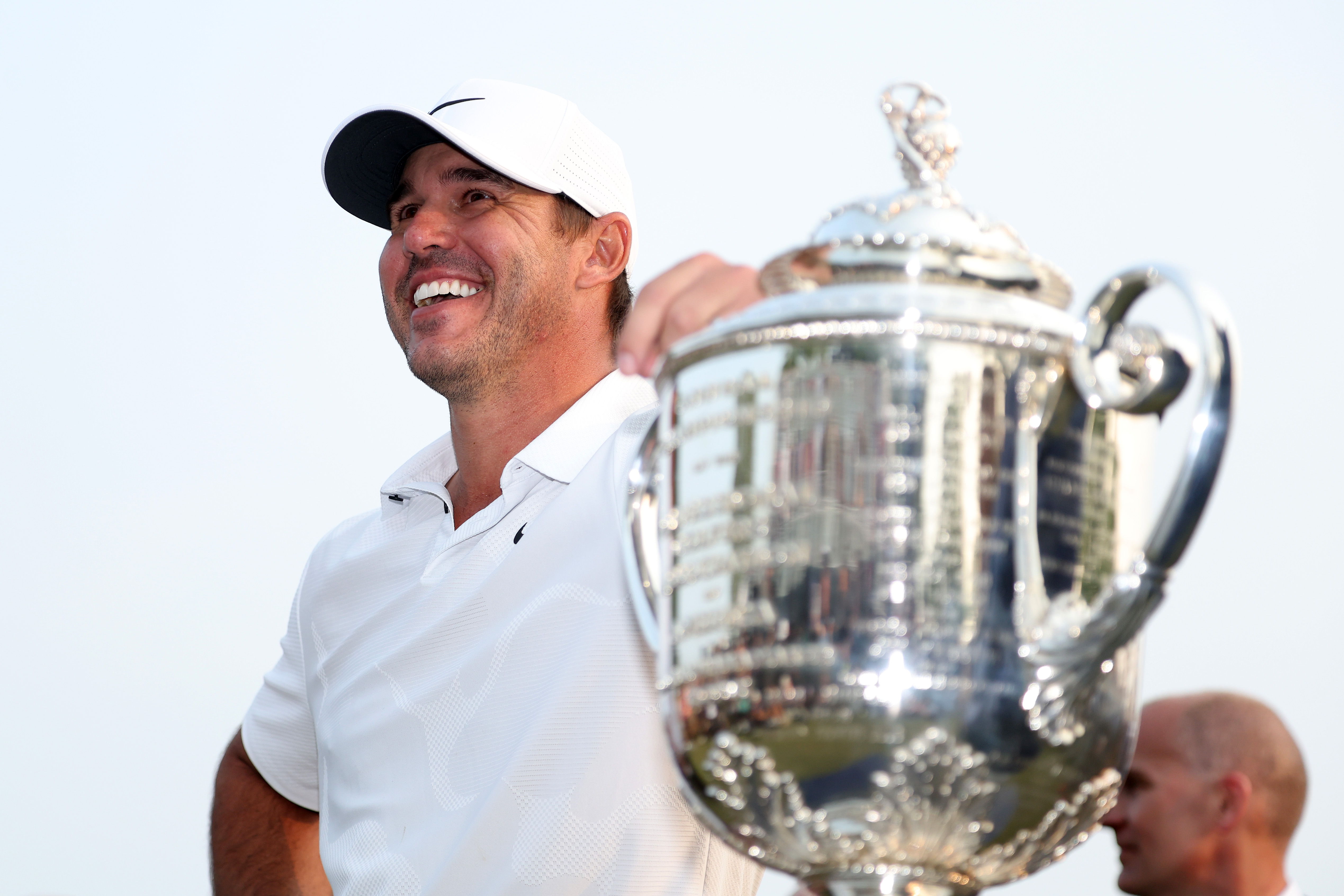
This week Rory McIlroy was asked whether the Major prize funds were becoming unsustainable in the midst of purses rocketing left, right and centre in the modern game? For 14 weeks of the year LIV Golf offer a prize pot of $25m, with $4m going to the winner. Coincidentally The Players Championship this year offered the same $25m overall and Scottie Scheffler picked up a whopping $4.5m.
The new Elevated Events feature purses of $20m which leave the Majors looking relatively small fry from a financial point of view. Last year we saw the following purses on offer; Masters and PGA both $15m, US Open $17.5m and The Open $14m. This year we're yet to hear what's on the table at the US Open and Open but Augusta went up to $18m while the PGA went to $17.5m.
"You think about the four most important tournaments in our game, the prize funds aren't in the top 20 of prize funds. You think about that, right? Like that's, that doesn't quite add up. So whether there needs to be some sort of correction in that, I don't know. As a player these big prize funds are great," explained McIlroy.
"It wouldn't stop me from playing a Major but at the same time the Major championships basically rent the talent for a week from the PGA Tour and you could argue from LIV and wherever, DP World Tour and wherever else. So the Major championships aren't going to be the product that they are without the top players in the world.
"So would that mean that I would or anyone would go to the lengths of not playing a Major to make a point? No. But that's just having a reasonable conversation with the governing bodies and the people that run those tournaments and try to come up with a solution."
The first time that The Open total prize money moved into double figures was as recent as 2017, Augusta was 2015, so you would be hard pressed to suggest that things weren't on the up, particularly when also considering the rocket in prize funds for the AIG Women's Open and US Women's Open.
Just that they're not in the same ball park as LIV and the PGA Tour's showpiece.
One beauty of the modern game is that the Majors seem to have taken on even more importance in the past 12 months. For two and a half decades we've obsessed about Tiger's record in them and whether he can overhaul Jack, now all the talk is of Rory's dry spell, which is getting on for a decade, and how many Koepka can end up with.
There's talk of who might be first to polish off the career Grand Slam and we fascinate over who the Best Player To Not Have Won A Major is. As things stand, bizarrely, we have half of the world's top 10 who have yet to make the breakthrough.
Of all of Tiger's 15 Majors none of us could give you any idea of what he won in official prize money. The significance, in our heads at least, of moving from none to one or from four to five is far greater than any bunch of zeros at the end of a pay cheque.
There will be enough clauses in contracts to not have to worry about what you're being paid for one of the greatest weeks of your life and you'll have more exposure, new exemptions and sponsorship deals thrust in front of your nose to not even consider your pay-out. There will be a Green Jacket, Wanamaker or US Open trophy and a Claret Jug to show off around the world and remind you and us quite how brilliant you were for four days.
This year the Wells Fargo had prize money of $20m, more than The Masters, and many of us can barely remember who even won* at Quail Hollow.
Thankfully money has very little bearing on our perception of the game. For the pros it's a business, for us it's a spectacle. If the past year (and years of the FedEx Cup) has taught us anything it's that money does not equal excitement or interest levels. If the Major prize pots were to level out then there would be minimal, if any bearing, on a player getting their hands on the Jacket or the Jug. They really are what dreams are made of.
* Wyndham Clark






